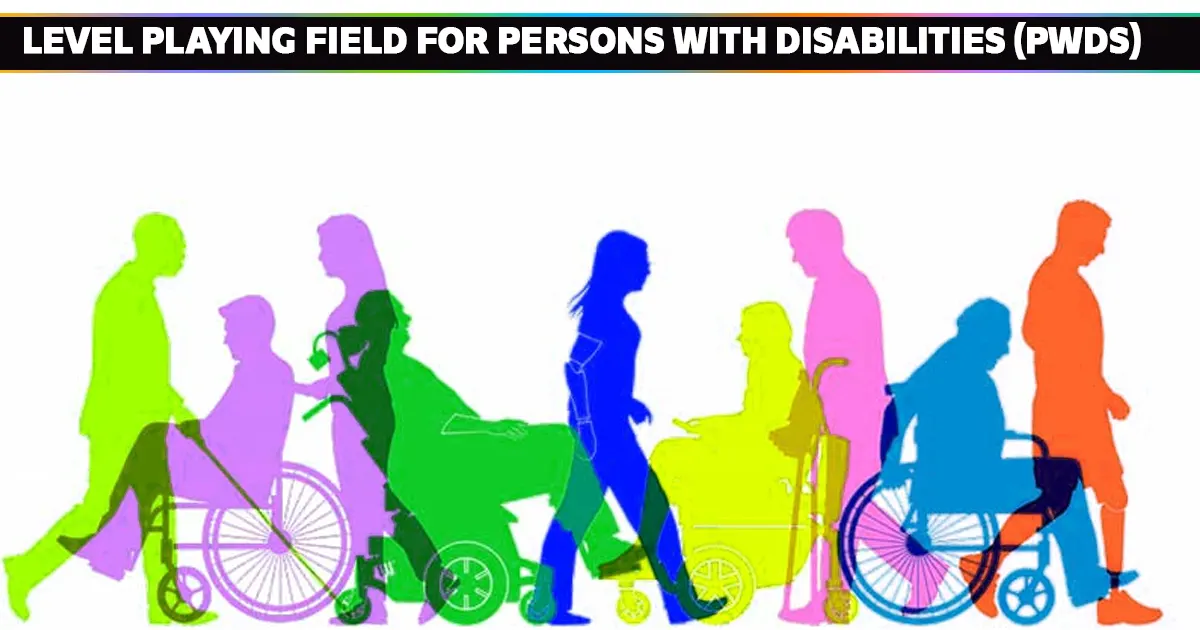
Context:
While significant progress has been made in education and health for Persons with Disabilities (PwDs), the entertainment industry still lags in providing accessible leisure options.
PwD Market Potential:
The global PwD community holds a staggering $13 trillion in spending power, making accessibility not just an ethical imperative but also a lucrative business opportunity.
Challenges in Accessibility
- Inadequate Infrastructure:
- Lack of functional ramps, tactile paving, assistive facilities in theatres, stadiums, and other recreational venues.
- Service Gaps in Entertainment:
- Limited integration of accessibility features by entertainment providers.
- Cultural Representation:
- Minimal and often stereotypical portrayal of disabilities in popular media reinforces biases and restricts inclusion.
- Social Barriers:
- Persistent societal prejudices exacerbate exclusion and limit opportunities for PwDs to engage in leisure activities.
Positive Developments
- Legislative and Policy Initiatives:
- Accessible India Campaign: Focused on creating barrier-free public spaces.
- Rights of Persons with Disabilities Act, 2016: Strengthens accessibility mandates across various domains.
- Judicial Interventions:
- Supreme Court’s directive against stereotyping disabilities in media promotes accurate representation.
- Cricket Accessibility Milestone:
- The 2024 ICC Women’s T20 World Cup introduced sign language interpretation for live matches, benefitting millions with hearing impairments.
- Technology Advancements:
- Subtitles and audio descriptions on OTT platforms enhance viewing experiences for PwDs.
- Artificial Intelligence (AI) holds promise for developing more sophisticated accessibility solutions.
Recommendations for an Inclusive Future
- Infrastructure Development:
- Public spaces, theatres, and stadiums must adopt universal design principles to ensure physical accessibility.
- Inclusive Technology:
- Expand the use of assistive features like audio descriptions, subtitles, and sign language options across media platforms.
- Representation in Media:
- Encourage disability-inclusive storytelling to challenge societal stereotypes and foster empathy.
- Policy Enforcement:
- Strengthen regulations to ensure strict compliance with accessibility norms across sectors.
- Engage Private Sector:
- Motivate businesses to prioritize accessible leisure offerings, recognizing PwDs as a valuable consumer base.




